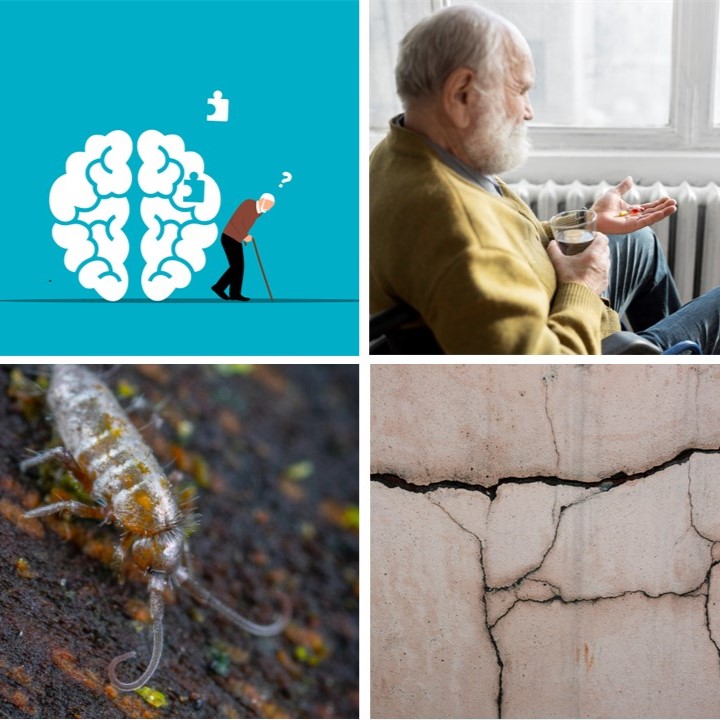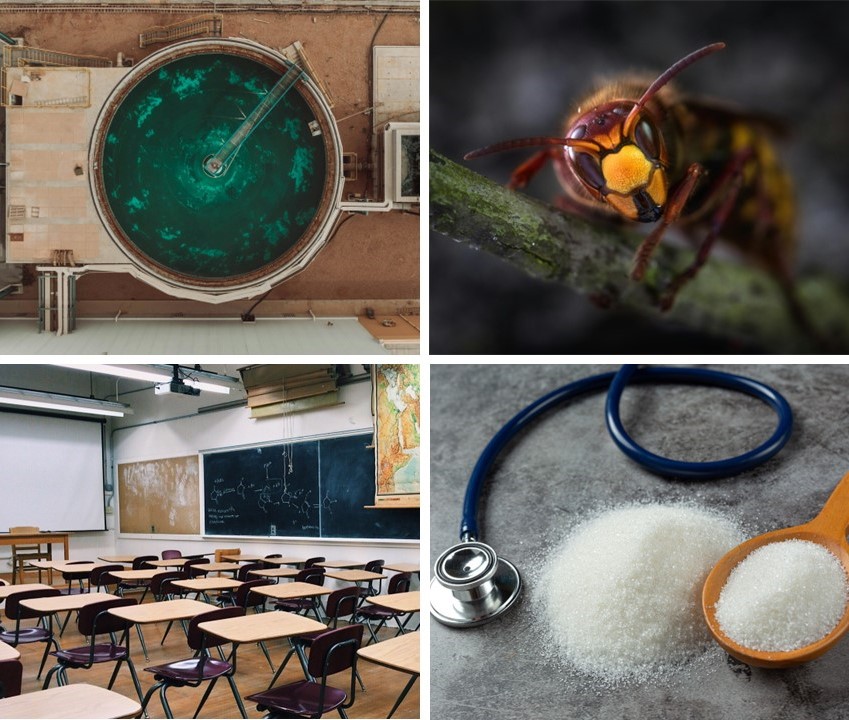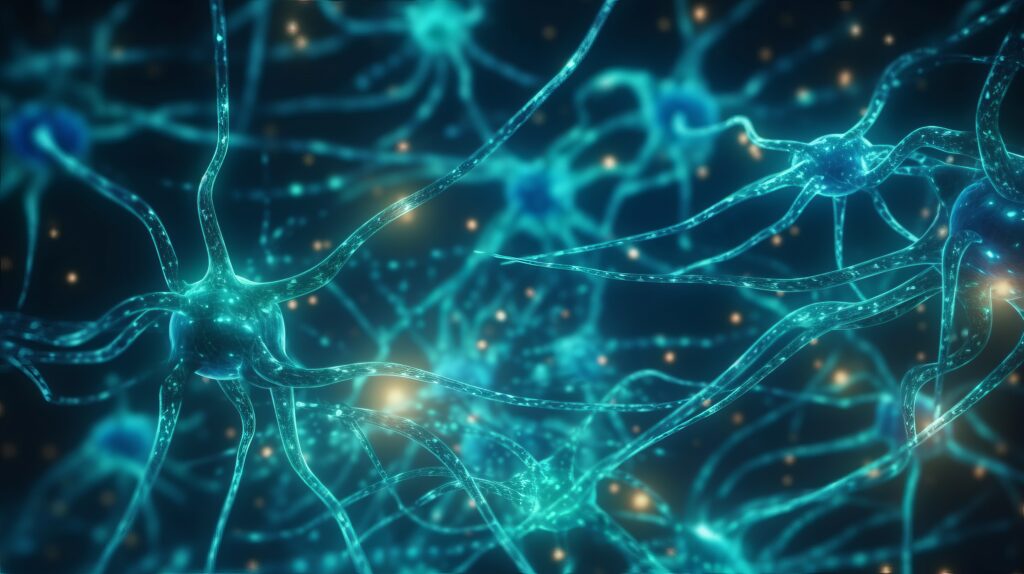How climate change and environment change affect vegetation and water resources
01 June 2021
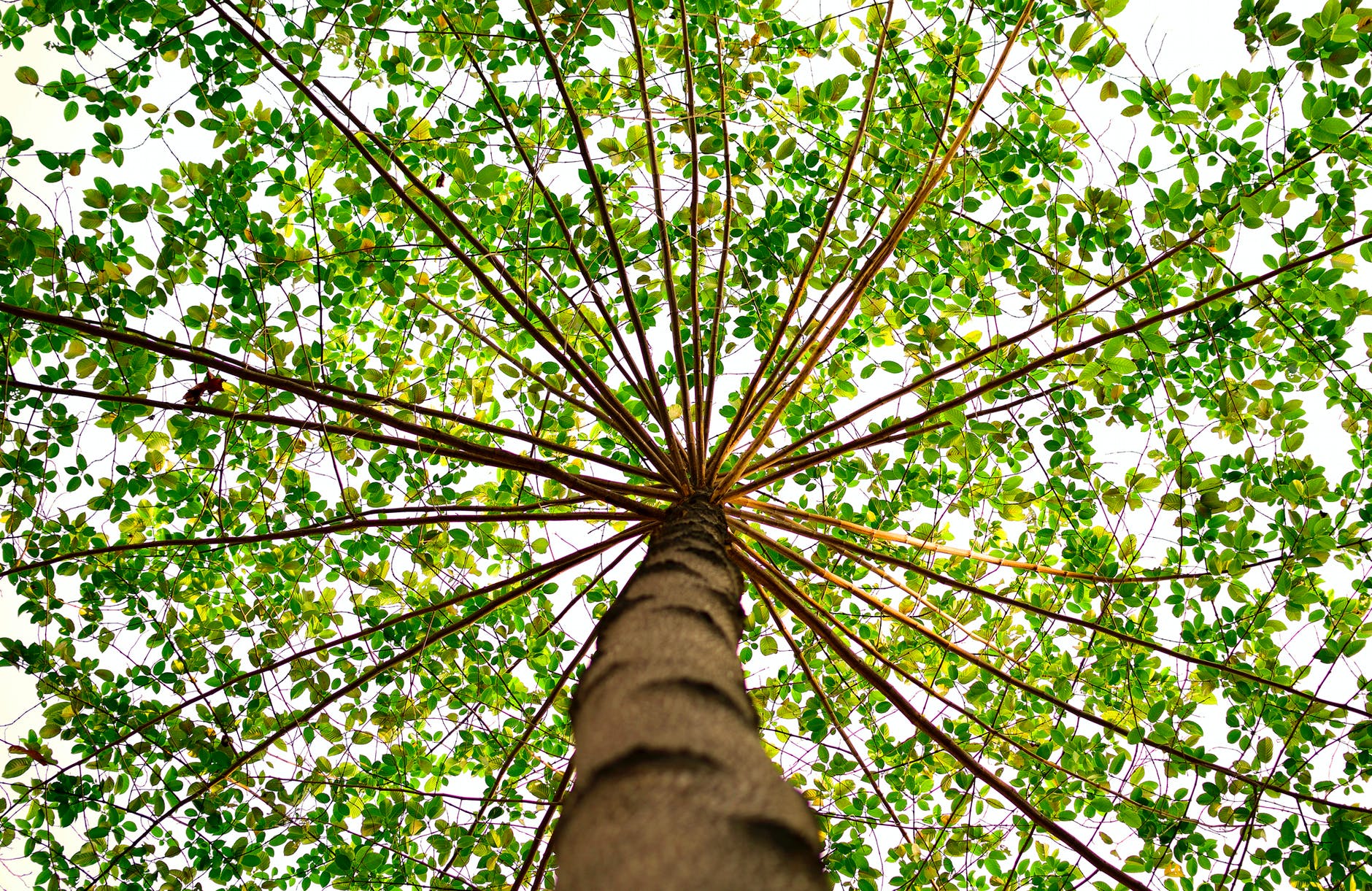
How plants interact with the environment.
How do plants interact with the environment? Does vegetation a role to play in water resources?
How climate change and environmental change in general may affect vegetation and water resources? What our landscapes may look like in 100 years’ time?
Stan Schymanski and his team analyse the impact of climate change on our water resources. Vegetation plays a key role.
Plants act as a link between groundwater and the atmosphere
Plants absorb water through their roots. Water reaches the plant’s leaves and is released into the air through the stomata. Stomata are small openings on the upper and lower sides of leaves. They allow the exchange of water and carbon dioxide (CO2). When the stomata are open, the plant can receive CO2 and at the same time expel water. Stan Schymanski and his team are studying the connection between this process and the relationship between CO2 in the air and the amount of water in the soil.
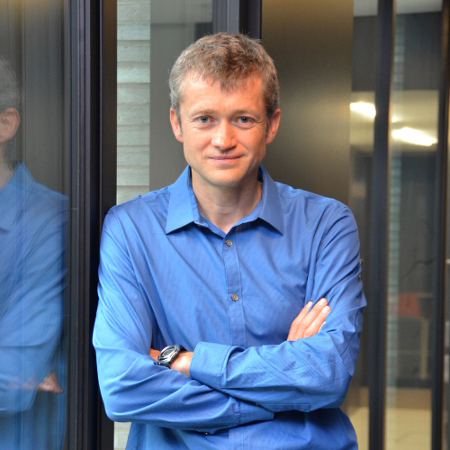
“Our research is meant to help make predictions about climate change and environmental change, if possible before major mistakes are made.”
Dr Stan Schymanski, LIST
How the level of CO2 in the atmosphere affects plants’ growth and groundwater?
When fossil fuels are burned, the amount of CO2 in the air increases. Plants react much faster to this change than the world climate. When the level of CO2 in the air is high, plants do not need to open their stomata as much to absorb the amount of CO2 needed for photosynthesis and growth. As a result, it releases less water into the air. What is not yet clear are the consequences, positive or negative, of the water content in the soil.
Will the water table be preserved, because each plant will have a reduced consumption? Or will plant growth be stimulated by the water available, resulting in a lowering of the water table?
Building a model to predict future changes
To address these concerns, Stan Schymanski and his team want to develop a leaf model. To do this, they need sensors that react to their environment as sensitively as leaves do. In addition to simulating the reaction of leaves to CO2 levels in the air, they also need to reproduce natural factors such as wind speed or surface temperature. Modelling is expected to predict changes in vegetation and groundwater as a result of increasing atmospheric CO2 concentration. The model could also predict the influence of the water table on vegetation.
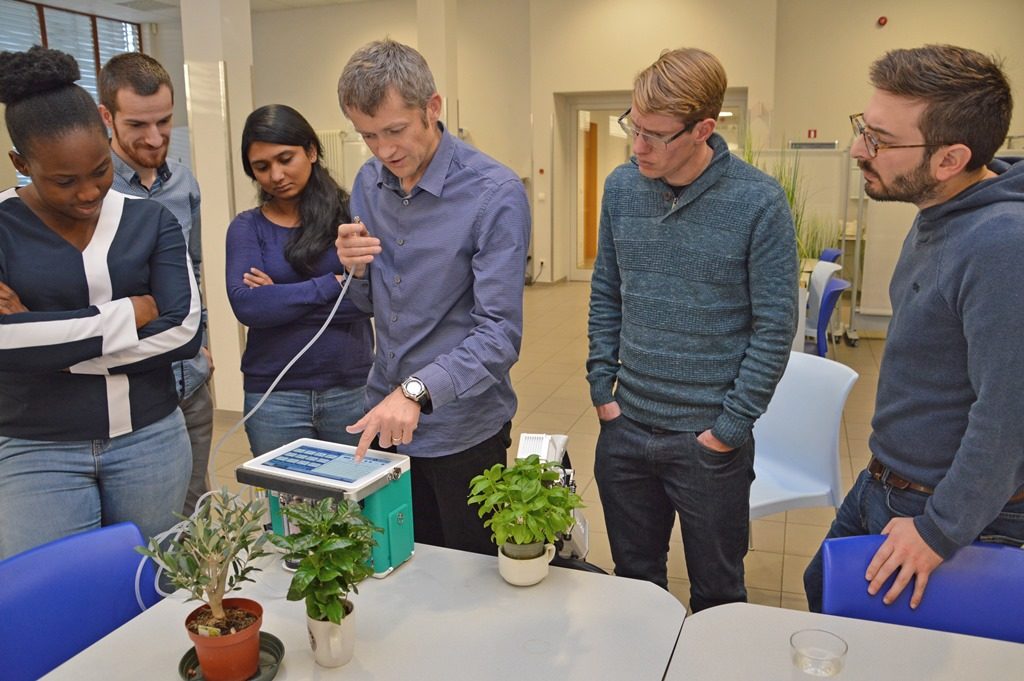
“With this model, we hope to better understand where a plant places its leaves, what properties the leaves have in different positions. Once we understand these principles, the idea is to build a model that converts knowledge into predictions.”
Dr Stan Schymanski, LIST
Biologist Stan Schymanski has come to Luxembourg thanks to an FNR ATTRACT Fellowship. At the Luxembourg Institute of Science and Technology (LIST), he leads the WAVE (Water and Vegetation in a Changing Environment) research team.
Watch his video:
With the ATTRACT programme, the National Research Fund supports young scientists with up to 2 million euros over a period of five years. ATTRACT aims to bring in researchers who will play a leading role in their field of research. ATTRACT Fellows can set up their own team within a research institution in Luxembourg.


